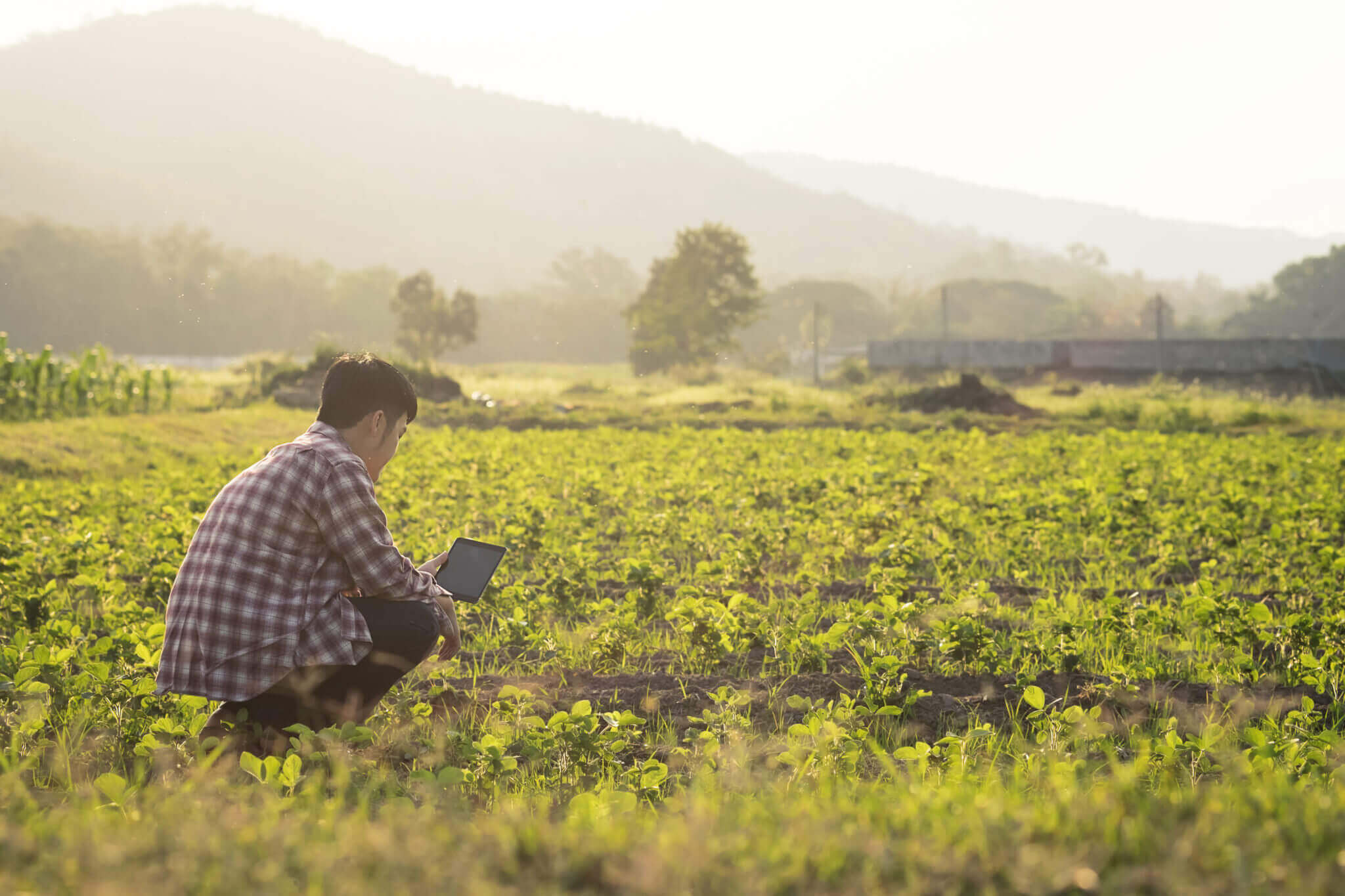Over the last several years, corporate leaders have increasingly realized that business success and social/environmental outcomes are intricately intertwined. And both can be more meaningfully achieved through thoughtful and intentional cross-sector collaboration. The global development community has recognized that they can’t go it alone and must find partners with aligned interests and complementary capabilities, including the private sector.
USAID, which has a long history of working with the private sector, deepened its approach to partnership development through the Agency’s Private Sector Engagement (PSE) policy, which was announced in 2018, and the creation of a new PSE Hub within the Agency. Under Administrator Samantha Power’s leadership, USAID is continuing to undertake a major transformation to improve humanitarian and development outcomes through stronger cross-sector collaboration with businesses at the local, regional, and global levels.
Since the Biden Administration came in, many companies have been asking Resonance about collaborating with USAID and other development organizations in a post-COVID world. Resonance works at the intersection of global development and global business, helping broker and design cross-sector collaboration between multinational companies and USAID to address key sustainability and social impact challenges. With more than 16 years working at this intersection, Resonance brings a unique perspective to collaboration. Here, we offer a few tips companies can follow to ensure successful collaboration with USAID under the Biden Administration.
Partnership Development Process for Collaborating with USAID under the Biden Administration
1. Identify your account manager
USAID has a network of account managers who are responsible for managing key corporate relationships across industries. These staffers are responsible for developing long-term partnership development strategies with multinational companies and identifying opportunities for the Agency to collaborate with the private sector to achieve social and environmental goals. The trick is finding your way to the right account manager at USAID. (That said, working through USAID account managers is by no means the only avenue for forging collaboration with the Agency—there are actually many other common partnership entry points.)
2. Determine where your interests overlap with USAID
USAID is actively seeking corporate partners willing to co-design projects in key markets where business and global development interests align. The trick is outlining your sustainability, social impact, and market access objectives; pinpointing your priority geographies; and mapping the challenges that stand in your way. Then, start to explore where your challenges and goals synch up with the aspirations, active and planned programming, and targets of USAID. (It also helps to have a clear idea of the diverse strengths and assets your company can bring to a partnership.)
For example, Resonance brokered a five-year $20M partnership between USAID and PepsiCo to improve opportunities for women in sustainable agriculture in Colombia, India, Pakistan, and Vietnam. This partnership advances PepsiCo’s supply chain targets while furthering the key priorities of the Agency.
3. Partner with other companies to develop joint solutions
When it comes to driving social, economic, or environmental impact—especially in emerging markets—many companies are already collaborating with competitors or peer companies that are facing the same challenges.
For instance, Resonance is working with the SAI Platform, PepsiCo, and Ingredion on a pre-competitive partnership to establish more sustainable farming practices in Pakistan. We’re also working closely with the Platform to Accelerate the Circular Economy (PACE), a multi-stakeholder collaborative that is building action agendas around key areas of sustainability through circularity. Through such platforms, peer companies can work together to develop a joint project proposal, to proactively approach USAID with a powerful and funded project idea that can drive impact, leverage resources, and mitigate growth or sourcing roadblocks.
4. Invest in long-term, systems-level solutions
Solutions to issues like access to healthcare, food security, education, and workforce development, and circularity are inherently complex; they require both a long-term and systems approach to move the needle. International development organizations are willing to make long-term investments to address these issues. They can also provide deep perspectives on the dynamics of emerging markets; leverage long-term relationships with governments and communities, and lend credibility to partnership efforts.
Unlock New Economic Opportunities for Your Company by Collaborating with USAID under the Biden Administration
With a 12% increase in USAID’s budget under the Biden administration, there is no shortage of public-private partnership opportunities. Companies that understand the process of USAID partnership development are better positioned to partner with an experienced global consulting firm to implement cross-sector projects that drive sustainable impact and unlock growth and economic opportunities in emerging markets.




